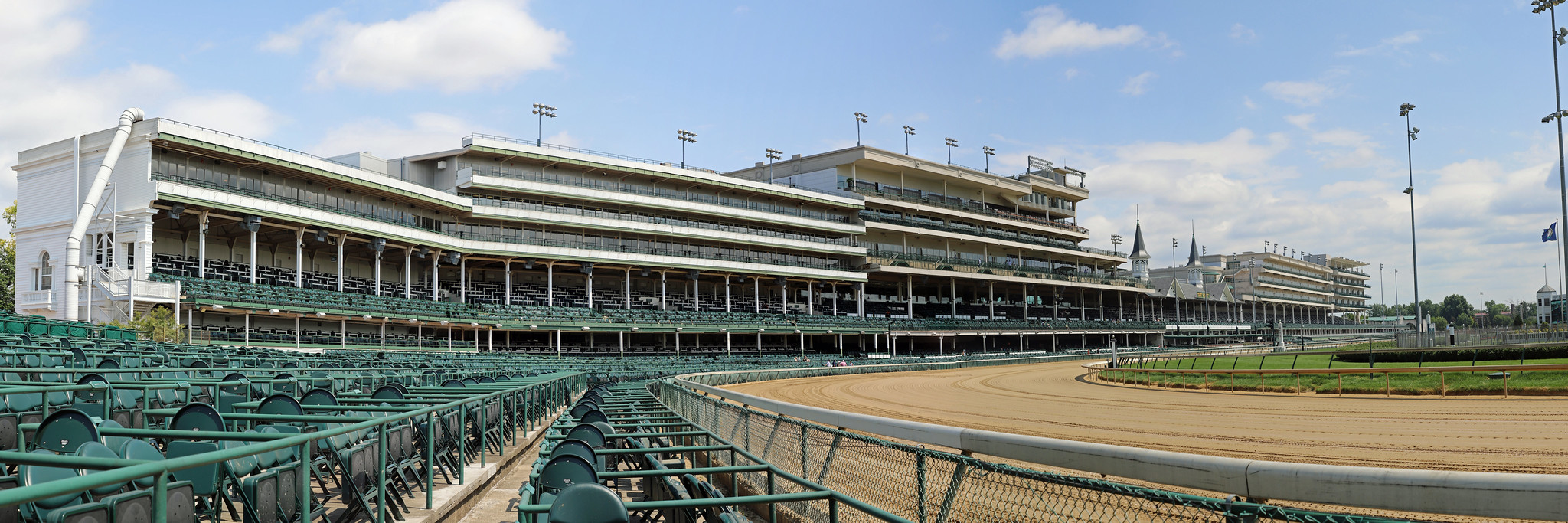A stakes race is known as one of the highest levels of horse racing. These races bring together some of the best horses in the sport, which can make the competition fierce. The race’s purse will usually be larger than other races because owners pay entry fees to participate, which adds to the prize money. Stakes races are where the top horses, jockeys, and trainers are put to the test!
Different Types of Stakes Races in Horse Racing
All stakes races feature some of the best horses and jockeys that the sport has to offer, but they aren’t all the same. The classification of a race helps horse racing fans and analysts quickly understand the level of competition and how big an impact it will have on a horse’s career. There are three main types:
- Non-Graded Stakes Races– These are usually entry-level stakes races. The competition will still be solid, but the purses are smaller. These are usually seen as a building block for a horse and can move up the ranks in their career.
- Listed Stakes– These races are a level above non-graded stakes. They carry more prestige and often attract high-quality horses and experienced jockeys. Winning a listed stakes race can help a horse get noticed and open the door to even bigger opportunities.
- Graded Stakes– These are the top-tier races in horse racing, which are classified as Grade 1, Grade 2, or Grade 3. The best horses, jockeys, and trainers compete at this level, and winning or placing in a graded stakes race is a significant accomplishment in a horse’s career that can boost their reputation.
- Grade 1 Stakes– The highest tier race in the sport, featuring the best horses in the country. These events have large purses and carry the most prestige.
- Grade 2 Stakes– These are high-quality races with strong competition and serve as preparation for Grade 1 races. Often, horses that perform well will be seen as future contenders.
- Grade 3 Stakes– These are entry-level graded stakes races. They feature very good horses, but the competition and purse size will be a bit smaller. These often serve as a way for a horse to prove themselves in order to move up to higher graded races.
How Horses Qualify for Stakes Races
For a horse to participate in a stakes race, they have to properly qualify beforehand. Many races will require that horses have won or placed in previous races, meet age or sex requirements, or pay entry fees. Some stakes races are open to all horses, while more prestigious races, like the Kentucky Derby, have a system that determines which horses get to compete.
Why are Stakes Races Important?
Stakes races are the very top tier of horse racing, which is why they carry so much significance in the sport. Winning or placing in these races will enhance a horse’s career and reputation. Additionally, the large purses make them highly desirable to the owners and trainers.
Beyond the prestige of being in a stakes race, these races also measure the quality of the horse. Horses that do well in these races are usually considered some of the current best in the sport. Performing well in stakes races can also set a horse up to be a contender for the Triple Crown races.
Top Famous Stakes Races in the U.S.

Some stakes races are a big deal in the world of American horse racing. The most famous ones tend to combine history, prestige, large purses, and high-level competition. Some of the horses that win or place in these races become widely known and may go on to compete in other well-known events. Additionally, the media gives some of these races a lot of attention, which draws in large audiences. Below are some of the most well-known stakes races in the U.S.
Triple Crown Races
- Kentucky Derby (Grade 1): A 10-furlong race taking place at Churchill Downs. The first of the three Triple Crown races.
- Preakness Stakes (Grade 1): A 9.5-furlong race traditionally taking place at Pimlico Race Course. The second race of the Triple Crown series.
- Belmont Stakes (Grade 1): A 12-furlong Stakes race taking place at Belmont Park. The longest and last leg of the Triple Crown.
Breeder’s Cup Races
- Breeder’s Cup Classic (Grade 1): A 10-furlong race that is held at different tracks every year.
- Breeder’s Cup Sprint (Grade 1): A famous 6-furlong sprint race that tests a horse’s speed over short distances.
Other Notable Races
- Travers Stakes (Grade 1): A 10-furlong race known as the “Mid-Summer Derby” in Saratoga.
- Santa Anita Handicap (Grade 1): A 10-furlong race at Santa Anita Park.
How to Analyze Stakes Races
Stakes races feature some of the sport’s top talent, so the competition is intense. Due to this, analysts must pay attention to some of the finer details. Some important information to look at is a horse’s past performance, speed trends, track conditions, preferred distance, and how they have performed in similar conditions in the past.
Sectional times compared to par figures are a critical piece of data in stakes races. These numbers show how fast a horse ran during different segments of a race compared to the expected numbers for that type of race. When combined with an understanding of the horse’s running style, such as whether they tend to lead early on, press near the front, or close from behind, this information can provide valuable insights into how the race might end up unfolding for these top-tier horses.


